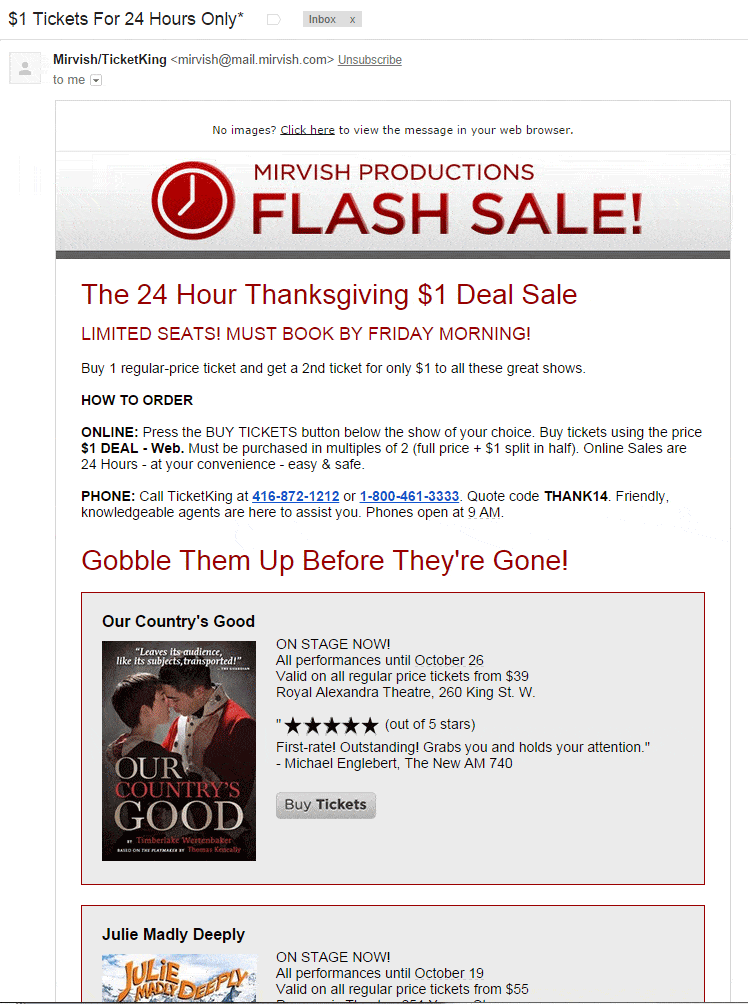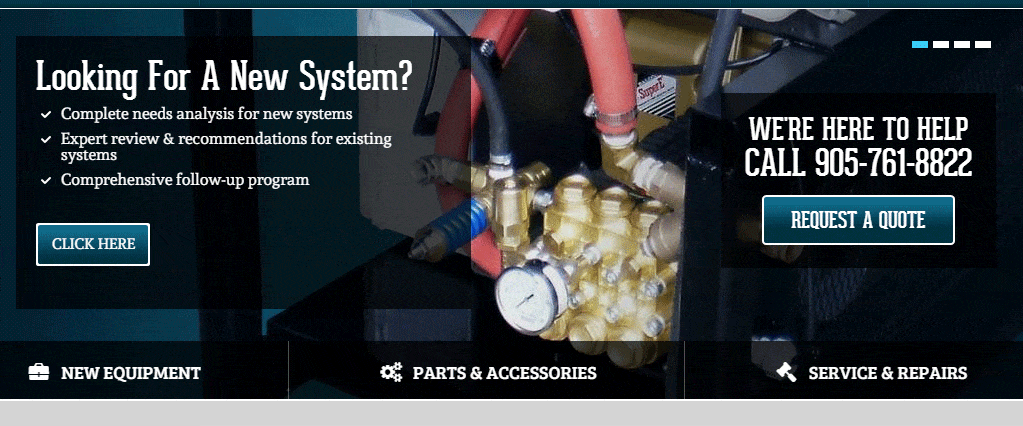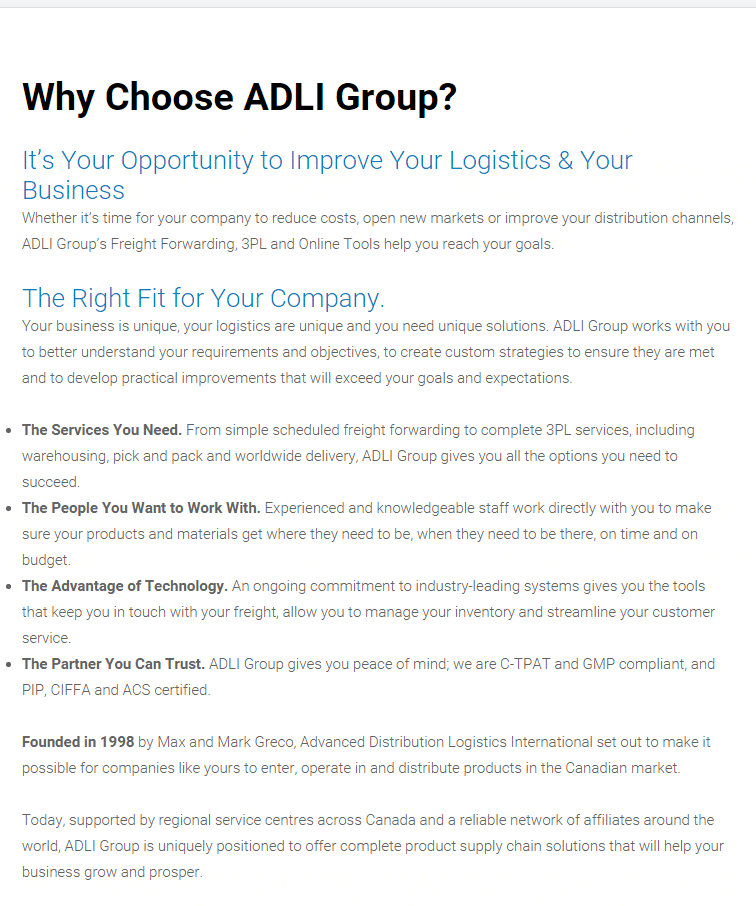“There is nothing to writing. All you do is sit down at a typewriter and bleed.”
Ernest Hemingway
It’s the strangest thing. It seems that no one likes likes to write. Not even writers.
Unfortunately, if you’re an online business owner, digital marketer or web developer, you’re at a bad point in history to not like writing. You’ll probably scream if you read “content is king” one more time (sorry, I guess you just did), but it’s true, and your web rankings seem to hinge on how many well-written blog posts you have.
What Stands Between You and Writing Web Copy that Sells?
If you’re like most, there are two major hurdles between you and authoring compelling copy that gets your web visitors to convert.
- It Seems Like a Massive Amount of Work – Who has the time to write the 300, 500 or 1,000 words that many web pages and landing pages need? The sheer magnitude of the task would drive away even the most motivated would-be writer.
- You’re Insecure About Your Writing Ability – Even if you set aside the time and are ready to tackle your copywriting, how do you know it will be any good? You may not know anything about writing, let alone how to write copy that gets people to act. So why even try?
How to Begin to Write Compelling Copy
Interestingly, if you’re not a writer, you might be in a better position to overcome the obstacles between you and a finished page of well-written, conversion-optimized web copy.
All writers have their own idea of how to write.
But the first step towards writing good copy is to not think about the writing. If all you see ahead is the huge mountain of effort it takes to compose a page of copy, you won’t begin to climb it.
Turn the Mountain into Mole Hills
When you break down the job of writing, you begin to see smaller, more doable steps that are easier to accomplish. As you do each step, you focus on it and not the big effort. And when you get to the end, you’ve done what you thought impossible: you have written a page of copy that meets your goals for quality, compelling content.
The first part of cutting down the copywriting task is to break it into two: Preparation and Writing. The steps you take in preparation help you determine your message and to whom it should be directed. The steps of writing help you determine what to say and the order in which you say it on the page.
Below, we outline the stages of Preparation. The stages of Writing are discussed in Part 2 – Headlines and Part 3 – Four More Steps to Writing.
So, instead of always looking at the giant job of writing, think only of the next step. And you start with step one in preparing to write.
1. Set a Goal for the Page
One of the biggest questions writers have is: what do I say? By having a goal for each page, you create the basis of what you will write. Most, if not all website pages, landing pages, promotional emails, etc, should have a conversion goal. Whether you want the customer to make a purchase, register for your email list, or simply move on to another page or form on your site, keep that objective in mind as you take each step in preparation and writing.
The goal of the copy in the email below is to sell theatre tickets. Notice how all of the copy is devoted to reaching that goal.
2. Target an Audience or Persona
You can’t communicate anything, let alone compel action, unless you know to whom you speak. One of the biggest mistakes web writers make is to try to make their copy be everything to everyone. When they do, they don’t consider the audience, they talk too much about themselves, and the copy doesn’t mean anything to anyone.
By creating personas that are representative of your target audience, you begin to write to them, to address their needs, to identify their pain points and to offer pertinent solutions; all of which increases your chance of getting the reader to understand and accept your message – and take your call-to-action.
To learn more about personas and how to use them to improve your copywriting, website and conversion rates, check out “Personas 101: The Complete Guide to Increasing Conversion Rates Through Persona Creation” by Invesp’s Ayat Shukairy.
3. Decide Where Readers are in Their Buying Process
After you determine to whom your message is directed, you can make the copy even more relevant for them by addressing them at different parts of their buying cycle.
Using the tried and true AIDA model to illustrate stages of the buying cycle, which in this case are Awareness, Interest, Desire and Action, you can quickly see the value in adjusting your copy depending on how close the customer is to buying.
If your page is focused on the Awareness stage, it won’t do to bonk the reader on the head with “Buy Now!!!”
Similarly, if your reader is ready to pull the trigger on a purchase, she may not respond too well to “Introducing our Product…”
The copy in the image below: “Looking For a New System?” is aimed at prospects in the awareness stage.
4. List the Benefits You Want to Convey
With your personas in place, you will get a much deeper understanding of your audience and what they seek. In short, you will get to know them better.
That familiarity with exactly who is your audience helps you express to them the benefits of using your business, product or service. Remember, benefits, not features (though you can list the features later or make them more prominent for your analytical personas).
To understand which benefits will appeal most, think about what’s in it for the reader if they choose you. Will they get the most popular product in its category? Will it make their children safer? Will they get a discount?
Determining the benefits of your products and services isn’t always easy. Is the benefit of your new mobile device that the user can store more phone numbers, or that she can stay in touch with more friends?
Once you have them set, express benefits on every page you write; direct them at each persona; adjust them for each stage of the buying cycle.
Check the copy on the webpage below. How many benefits – not features – do you see?
5. Do Your Keyword Research
Never lose sight of the fact that you are writing for the web. And, while the sands of SEO are constantly shifting, there’s no evidence to say that researching and using keywords in your copy doesn’t help your page be found by and relate to the prospect at whom it is aimed.
Now You’re Ready to Write
If all you did as you read this post is imagine what you would do at each stage, you should at least have a greater sense that you can write a decent page of copy and you have a much better idea of how to go about it. Stay tuned to the Invesp Blog for Part 2 in this series where we’ll show you how to write Headlines that get readers to stay on your page.








